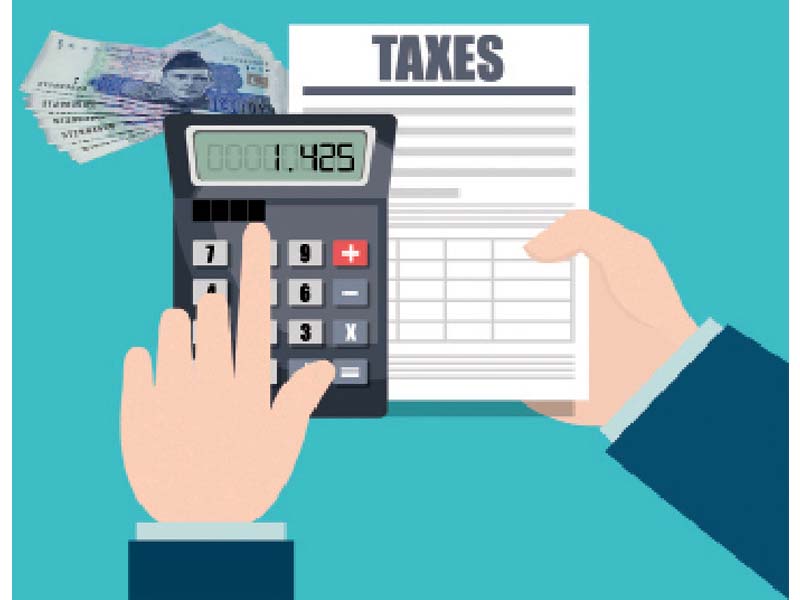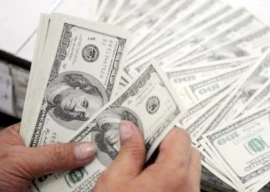
The government of Punjab has claimed that its tax collection under the “Own Source Revenue” increased by 7% in fiscal year 2019-20.
In FY20, the collection of provincial taxes was on track for more than 20% growth and despite giving a sizable tax relief due to Covid-19, the receipts remained at the previous year’s level, according to a two-year performance report released by the provincial government.
Non-tax revenue collection by the Punjab government grew 31%. Similarly, the provincial tax collection authority - the Punjab Revenue Authority - recorded an increase of 40% in the taxpayer base in first two years of the Pakistan Tehreek-e-Insaf (PTI) government.
The report made a comparison with the previous government in some key fiscal areas. According to it, the government had accrued liabilities of Rs97.4 billion, leading to more than 165 court cases on pending liabilities.
There were more than 20,000 unpaid cheques amounting to Rs56.1 billion. The government had availed itself of an overdraft of up to Rs41.3 billion.
The report said south Punjab was neglected and deprived of its share of Rs265 billion over the past seven years. Per capita expenditure in south Punjab was calculated at Rs10,226 against Rs106,961 in the Lahore district.
Mega projects such as operation and maintenance contract for the Orange Line train and financial close of re-gasified liquefied natural gas (RLNG)-based power plants were left incomplete and the debt stock reached Rs1,152 billion, comprising Rs458 billion for commodity financing and the remaining Rs694 billion in government borrowing.
The report said the current government redefined its priorities and created fiscal space. Through prudent fiscal management, an additional Rs97 billion was made available through revenue mobilisation and expenditure rationalisation.
The Resource Mobilisation Committee came up with new proposals of Rs16.6 billion for enhancing the provincial Own Source Revenue. Current expenditure was rationalised, creating a fiscal space of Rs80.4 billion.
As its top priority, according to the report, the government of Punjab enhanced allocation for the social sector - health and education - from Rs560.9 billion (34%) in FY18 to Rs631.1 billion (42%) in FY19.
In support of the federal government, the provincial administration said it budgeted an estimated surplus of Rs147.8 billion. With efficient management of development funds, the budget releases increased from 70% in FY18 to 96% in FY19.
According to the report, the provincial government did not consume its overdraft limit and had no pending liabilities at the close of FY19, hence, no litigation in that regard.
The Own Source Revenue target was increased 44.6% to Rs388 billion for FY20 against Rs269 billion for FY19.
The government claimed that in the last fiscal year, 35% of funds under the Annual Development Plan (ADP) were reserved and ring-fenced for south Punjab and the development portfolio was augmented by Rs42 billion by leveraging private sector investment through the public-private partnership model.
The Covid-19 outbreak in the latter half of 2019-20 came in the way of achieving the targets set for the year. “The unprecedented situation required deft financial management,” it said.
Punjab provided Rs24.5 billion to combat the pandemic in FY20, which included Rs18 billion in tax relief packages for different businesses.
According to the report, the Punjab government has allocated Rs337 billion for the ADP in FY21 and has given a tax relief package amounting to Rs56 billion to different sectors to spur economic growth.
This includes a reduction in the Punjab sales tax on services from 16% to 5% for over 20 industries in the services sector.
Published in The Express Tribune, August 30th, 2020.
Like Business on Facebook, follow @TribuneBiz on Twitter to stay informed and join in the conversation.

1731494851-0/BeFunky-collage-(51)1731494851-0-405x300.webp)
















COMMENTS
Comments are moderated and generally will be posted if they are on-topic and not abusive.
For more information, please see our Comments FAQ